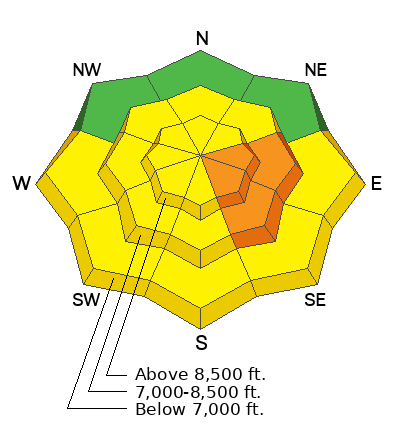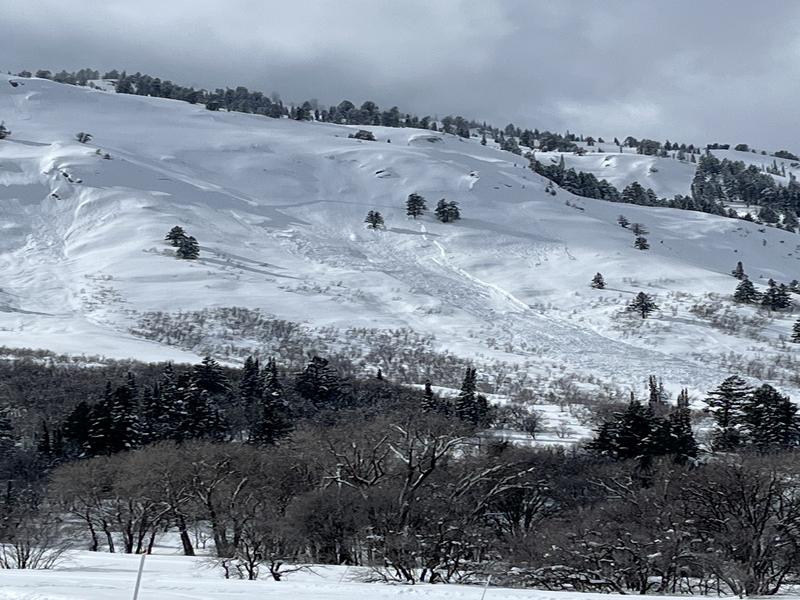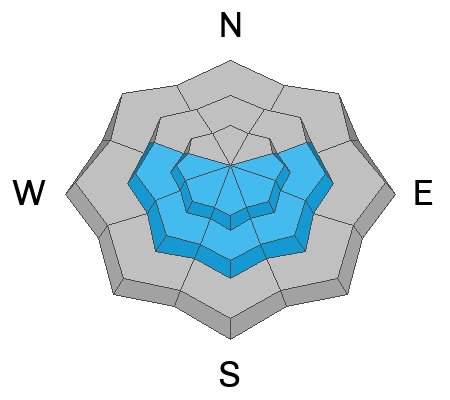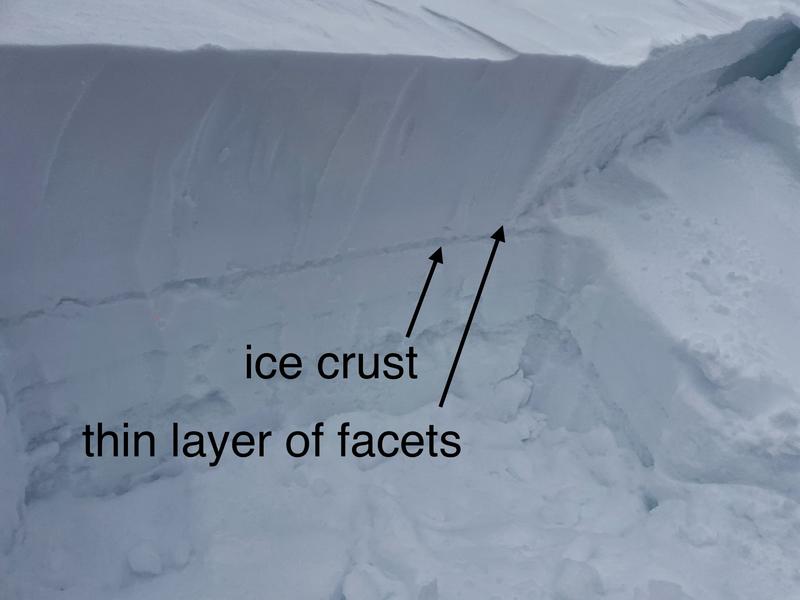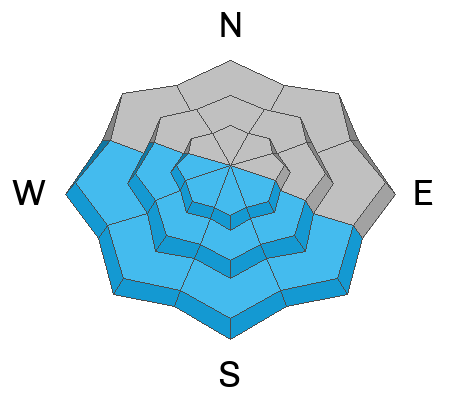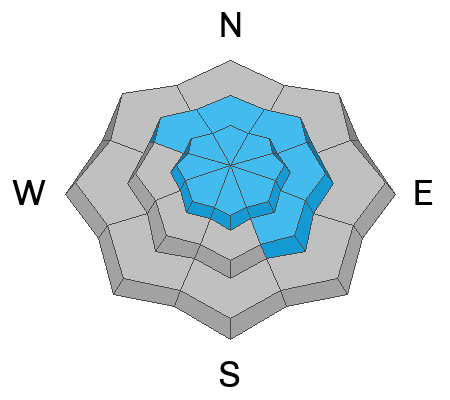6 am: Skies are clear under a nearly-full moon (the February full moon is named - appropriately - the Snow Moon) and temperatures are in the low to mid 20's F. Winds are from the west and light, gusting to near 20 mph along the Ogden Skyline.
Today: Sunshine with temperatures warming into the upper 20's F at upper elevations and 35°-45° F at low and mid elevations. Winds will be from the west and remain light, with gusts around 20 mph on along exposed, upper elevation ridgeslines.
Extended: A sunny weekend with mild temperatures. Winds increase on Monday ahead of what currently appears as a remarkably-strong cold front with heavy snow and strong winds by Tuesday.
Travel and riding conditions are superb, although some slopes may be crusted due to sunshine and greenhousing on Thursday.
❄️ Storm totals since Monday, February 19:
- Ogden Mountains: 18-28" snow with 2.35 - 2.75" SWE
- Upper Cottonwoods: 12-27" snow with 2.0 - 3.30" SWE (Snow/Water Equivalent)
- Park City Ridgeline: 10-17" snow with 1.5 - 2.0" SWE
- Provo Mountains: 8-12" snow with 2.75" SWE
Natural avalanches were reported from the
Chilly Peak Slabs (T Budge photo below), likely failing sometime on Wednesday. Moab forecaster Eric Trenbeath headed north and joined Mark Staples on
Bountiful Peak where they found large cornices that may become an issue with warming temperatures the next few days.
To our south, we received a report late Thursday evening of a very large avalanche in
Mary Ellen Gulch in American Fork Canyon. Details are scant and unconfirmed, but it is estimated at 1,500' wide and 2' deep, possibly breaking on the layer of faceted snow above a crust. UAC forecasters will visit the scene on Friday.

